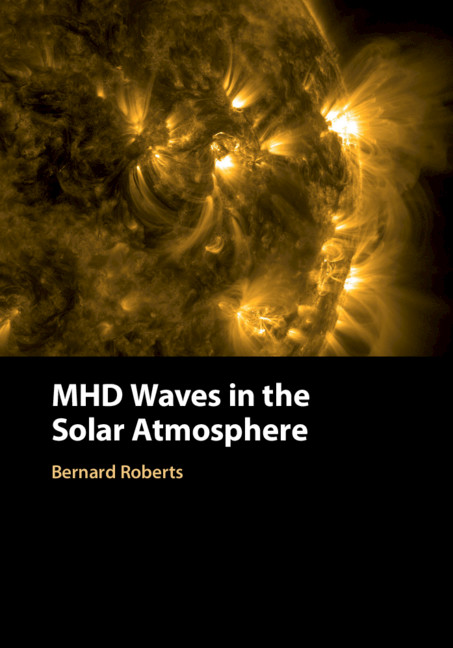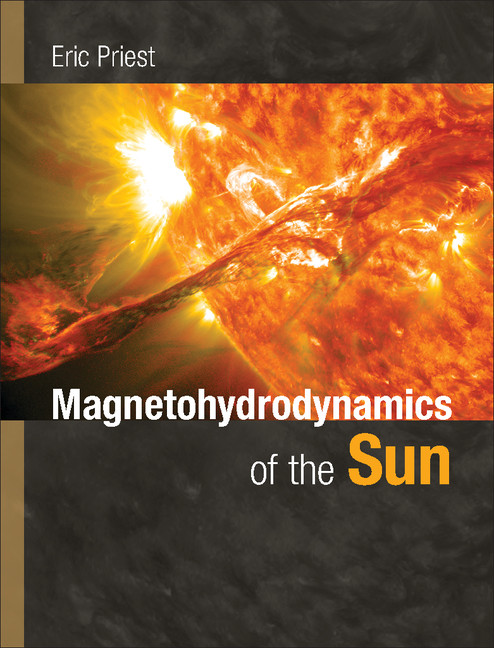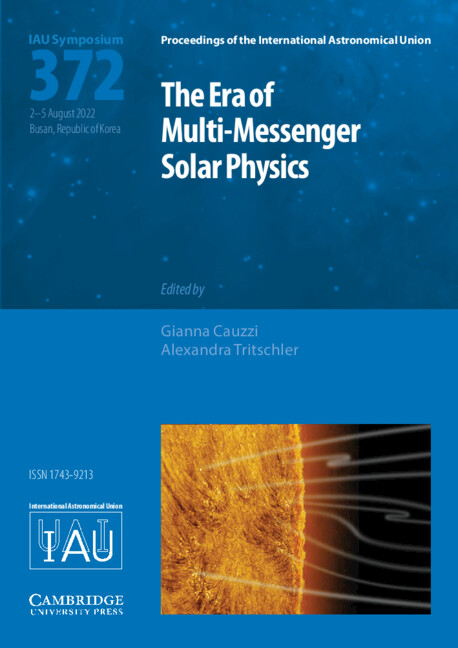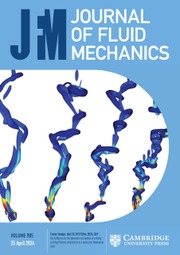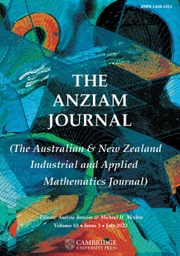MHD Waves in the Solar Atmosphere
This volume presents a full mathematical exposition of the growing field of coronal seismology which will prove invaluable for graduate students and researchers alike. Roberts' detailed and original research draws upon the principles of fluid mechanics and electromagnetism, as well as observations from the TRACE and SDO spacecraft and key results in solar wave theory. The unique challenges posed by the extreme conditions of the Sun's atmosphere, which often frustrate attempts to develop a comprehensive theory, are tackled with rigour and precision; complex models of sunspots, coronal loops and prominences are presented, based on a magnetohydrodynamic (MHD) view of the solar atmosphere, and making use of Faraday's concept of magnetic flux tubes to analyse oscillatory phenomena. The rapid rate of progress in coronal seismology makes this essential reading for those hoping to gain a deeper understanding of the field.
- A full guide to coronal seismology, containing new insights into the role played by waves and magnetic flux tubes in the workings of the Sun's atmosphere
- Explains the links between mathematical theory and observations of solar phenomena
- Contains valuable findings based upon results and derivations often omitted from standard research
Reviews & endorsements
'The book is highly recommended to those students, post-docs, and researchers who are willing to go further into the fundamental understanding of wave phenomena in astrophysical plasmas than just to fit a sine function to the shaken loops after a banging solar flare.' Markus Aschwanden, The Observatory
'This volume presents a full mathematical exposition of the growing field of coronal seismology which will prove invaluable for graduate students and researchers alike … I think this book would be suitable for a 'special topics' graduate course on MHD wave theory for those with a background in differential equations and special functions.' John Adam, Mathematical Reviews Clippings
'Magnetohydrodynamics (MHD) is an extremely useful description for a wide variety of plasmas on a macroscopic scale. Such description also demands microscopic interrogation but still provides an excellent first pass at complete understanding. All physicists who study plasmas or conducting fluids must have more than passing familiarity with MHD. Roberts (Univ. of St. Andrews, Scotland) provides an excellent introduction to MHD in general and MHD waves …' M. A. Reynolds, Choice
Product details
July 2019Adobe eBook Reader
9781108633581
0 pages
38 b/w illus.
This ISBN is for an eBook version which is distributed on our behalf by a third party.
Table of Contents
- 1. General principles
- 2. Waves in a uniform medium
- 3. Magnetically structured atmospheres
- 4. Surface waves
- 5. Magnetic slabs
- 6. Magnetic flux tubes
- 7. The twisted magnetic flux tube
- 8. Connection formulas
- 9. Gravitational effects
- 10. Thin flux tubes: the sausage mode
- 11. Thin flux tubes: the kink mode
- 12. Damping
- 13. Nonlinear aspects
- 14. Solar applications of MHD wave theory
- References
- Index.

